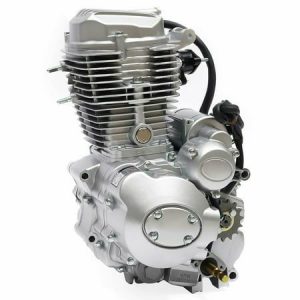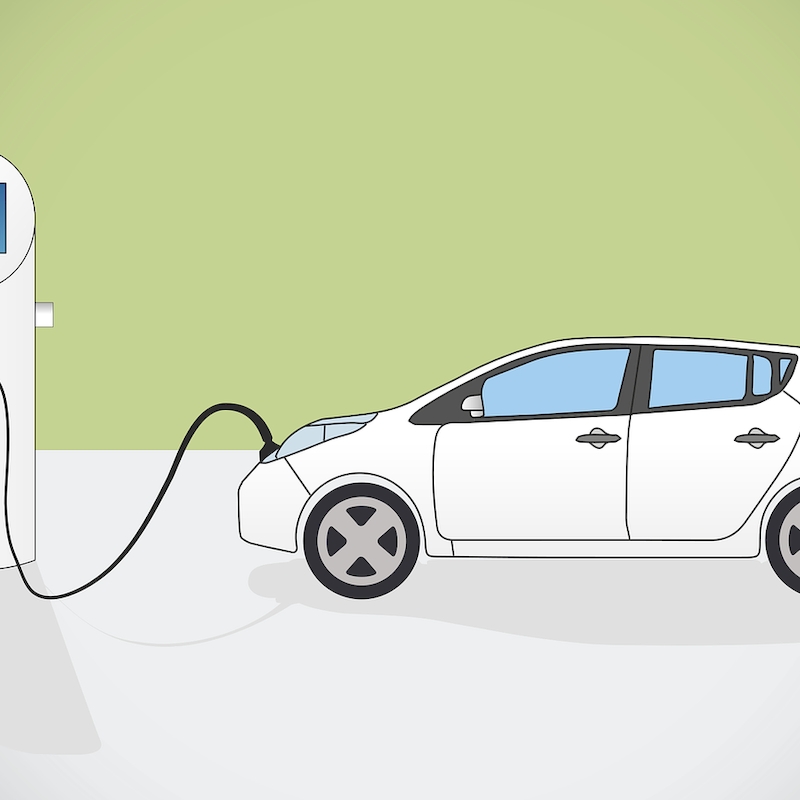The internal combustion engine has fueled transportation for over a century, and within this realm, the 2-cylinder engine holds a special place. These compact yet potent powerplants offer a compelling blend of power, performance, and efficiency that continues to captivate riders and drivers alike. Whether you’re a motorcycle enthusiast seeking a thrilling ride or a practical driver desiring a balance between power and fuel economy, the 2-cylinder engine deserves your consideration.
Demystifying the 2-Cylinder Engine: Design and Functionality
2-cylinder engines, also known as twin-cylinder engines, come in two main configurations: inline-twin and V-twin.

- Inline-Twin Engines: These engines feature two cylinders positioned vertically in a line along the crankshaft. They are known for their simplicity, compactness, and smooth power delivery. Common applications include motorcycles, small utility vehicles, and outboard motors.
- V-Twin Engines: V-twin engines have two cylinders arranged in a V-shape, with each cylinder bank positioned at an angle to the crankshaft. This design allows for a lower center of gravity, contributing to improved handling characteristics. V-twin engines are popular in motorcycles, cruisers, and muscle cars.
Beyond the configuration, 2-cylinder engines share some core advantages:
- Balance of Power and Efficiency: Compared to single-cylinder engines, 2-cylinder engines offer more power and smoother operation without sacrificing significant fuel economy. This makes them ideal for everyday driving or riding situations.
- Simplicity and Maintainability: The relatively uncomplicated design of 2-cylinder engines translates to easier maintenance and repairs. For DIY enthusiasts, these engines can be a joy to work on.
- Lightweight and Compact: The smaller size and weight of 2-cylinder engines compared to larger engines contribute to better handling and agility, particularly noticeable in motorcycles.
2-Cylinder Engines in Action: Powering Diverse Applications
The versatility of the 2-cylinder engine design makes it a suitable choice for various applications. Here are some prominent examples:

- Motorcycles: A large portion of motorcycles, especially beginner and mid-range models, utilize 2-cylinder engines. They provide enough power for exciting rides without being overly intimidating for new riders. Both inline-twin and V-twin configurations are commonly found in motorcycles, each offering distinct handling characteristics.
- Small Utility Vehicles: Utility vehicles like side-by-sides and ATVs often rely on 2-cylinder engines to deliver the power needed for traversing rough terrain without compromising fuel efficiency for extended journeys.
- Personal Watercraft: The lightweight and responsive nature of 2-cylinder engines make them ideal for powering personal watercraft, offering exhilarating performance for water enthusiasts.
- Classic Cars: V-twin engines have a rich history in powering iconic muscle cars and cruisers. Their distinctive sound and muscular power delivery continue to capture the hearts of car enthusiasts.
Choosing the Right 2-Cylinder Engine for You: Factors to Consider
With a variety of 2-cylinder engines available, selecting the right one for your needs requires careful consideration. Here are some key factors to ponder:
- Application: Are you looking for a motorcycle engine for spirited rides or a more utilitarian powerplant for a work vehicle? Understanding the intended use will guide your choice between an inline-twin or V-twin configuration and factors like power output.
- Performance vs. Efficiency: Consider the balance between power and fuel economy that best suits your needs. If fuel efficiency is a top priority, a smaller inline-twin might be ideal. For those seeking more power, a larger V-twin could be the better choice.

- Weight and Handling: The weight and size of the engine can significantly impact a vehicle’s handling characteristics. If nimble handling is important, a lighter inline-twin might be preferable.
Owning a 2-Cylinder Engine: Maintenance Tips for Longevity
2-cylinder engines are renowned for their reliability, but proper maintenance is essential to ensure optimal performance and longevity. Here are some maintenance tips to keep your 2-cylinder engine running smoothly:
- Regular Oil Changes: Sticking to the recommended oil change intervals as specified in your owner’s manual is crucial. Clean oil ensures proper lubrication and prevents premature wear and tear.

- Air Filter Maintenance: A clean air filter ensures the engine breathes properly. Replace the air filter according to the manufacturer’s recommendations to maintain optimal performance.
- Spark Plugs: Worn spark plugs can lead to a variety of problems, including decreased fuel efficiency and rough idling. Inspect and replace spark plugs as needed.
- Valve Adjustments: Some 2-cylinder engines require periodic valve adjustments to maintain proper engine function. Consult your owner’s manual for specific intervals and instructions, or seek professional assistance if needed.
2-Cylinder Engine Performance Upgrades: Unleashing More Potential
While 2-cylinder engines are known for their balance, some enthusiasts crave more power. Here are some potential modifications to consider, but remember to prioritize safety and ensure all modifications comply with local regulations:
- Performance Air Intake Systems: Aftermarket air intake systems can improve airflow into the engine, potentially leading to a slight increase in horsepower.
- Exhaust System Upgrades: A performance exhaust system can improve engine breathing and potentially extract additional power. However, ensure it adheres to noise level regulations.
- Engine Control Unit Tuning (ECU): For experienced riders or drivers, ECU tuning can optimize engine performance parameters, but this should only be done by qualified professionals.
Remember, these modifications may affect fuel efficiency and emissions output. Always prioritize safety and consult with a trusted mechanic before undertaking any performance upgrades.
The Future of the 2-Cylinder Engine: Adapting to a Changing Landscape
The automotive industry is constantly evolving, and the 2-cylinder engine must adapt to keep pace. Here’s a glimpse into what the future might hold:

- Hybrid Powertrains: The integration of electric motors with 2-cylinder engines could be a promising avenue for improved fuel efficiency and reduced emissions.
- Advanced Materials: Lighter and more durable materials could make 2-cylinder engines even more efficient and potentially allow for increased power output.
- Focus on Efficiency: As fuel economy regulations become stricter, manufacturers will likely continue to refine 2-cylinder engine designs to optimize efficiency while maintaining power delivery.
The 2-cylinder engine has a rich history and a promising future. Its ability to deliver a compelling blend of power, performance, and efficiency ensures its continued relevance in the ever-changing automotive landscape.
Fuel Your Ride: Discover the 2-Cylinder Engine Advantage
Ready to explore the exciting world of engines? Whether you’re a motorcycle enthusiast seeking a thrilling ride or a driver seeking a practical and efficient vehicle, there’s a 2-cylinder engine waiting to be discovered. Research different motorcycle models, utility vehicles, or classic cars powered by 2-cylinder engines to find the perfect match for your needs. Experience the exhilarating power, smooth performance, and surprising fuel efficiency that 2-cylinder engines have to offer. Visit your local dealership or browse online marketplaces to embark on your journey with a 2-cylinder engine today!



